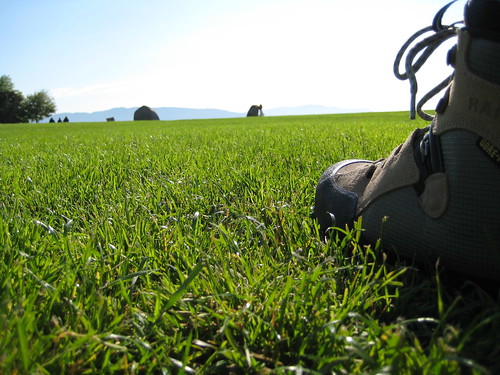An Ubuntu VPS on Slicehost: Wordpress
As mentioned previously, I’ve recently moved this domain over to Slicehost. What follows is Part Four of a guide, compiled from my notes, to setting up an Ubuntu Hardy VPS. See also Part One, Part Two, and Part Three.
I prefer to install Wordpress via Subversion, which makes updating easier. We’ll have to install Subversion on the server first:
1 | |
After that, the Wordpress Codex has a guide to the rest of the install.
Nothing further is needed, unless you want fancy rewrites. In that case, we’ll have to make a change to your Nginx vhost config at /etc/nginx/sites-available/mydomain.com. Add the following to your server block under location / {:
# wordpress fancy rewrites
if (-f $request_filename) {
break;
}
if (-d $request_filename) {
break;
}
rewrite ^(.+)$ /index.php?q=$1 last;
While we’re here, I usually tell Nginx to cache static files by adding the following right above thelocation / { block:
# serve static files directly
location ~* ^.+\.(jpg|jpeg|gif|png|ico|zip|tgz|gz|rar|bz2|doc|xls|exe|pdf|ppt|txt|tar|mid|midi|wav|bmp|rtf|css)$ {
root /home/user/public_html/mydomain.com/public;
expires 7d;
break;
}
That’ll go in the https server section, too. Now, enable rewrites in your Wordpress config. I use the following “custom” structure:
/%year%/%monthnum%/%day%/%postname%/
Then, restart Nginx:
1 | |
And there you have it! You know have a working, new web server and mail server.
(Previously, we did a basic setup, installed a web server, and installed a mail server.)

